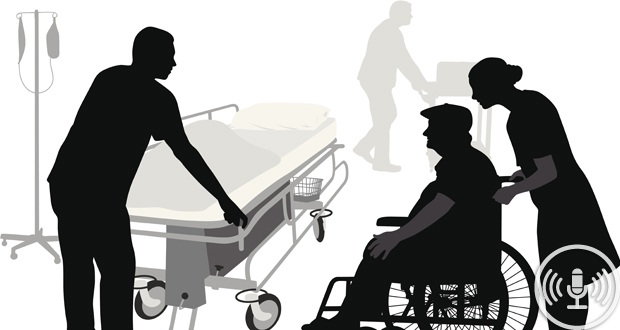Adding AINs to wards: Does it improve patient outcomes?

Around the world, more and more nursing support workers are being added to wards to address ongoing staff shortages but there is little known about their impact.
That’s the issue Australian researchers hoped to help tackle through new research into the addition of unregulated staff.
The study arose from an initiative of the Western Australia (WA) health department to trial the introduction of nursing support workers to acute care wards. These workers were additional to the usual staffing allocation and gave the team a chance to look at whether restructuring nurse staffing by adding AINs resulted in improved patient, nurse and system outcomes.
While the study’s authors anticipated that adding nursing support workers to selected wards would improve patient care, their analyses did not support that expectation.
They wrote: “While adding staff to support the work of nurses logically makes sense, the manner in which this is achieved is not straightforward and may in fact increase ward instability and therefore complexity, which could have negative consequences for patients, staff and the system.”
Still, RNs said they missed AINs when they weren't there.
So why does more nursing support not always lead to improvements in clinical outcomes?
Here to unpack that question is study lead Professor Christine Duffield from UTS and Edith Cowan University.
Email: [email protected]




